Event Summary
Artificial Intelligence in the Built Environment | Photos and summary
Robot dogs, the plausibility of Skynet, and practical uses for artificial intelligence were all discussed at the breakfast event on 24 May, delivered through a partnership between Morgan Sindall Construction and Place North West.
Held at the Manufacturing Technology Centre in Liverpool, AI in the Built Environment: Friend or Foe? was focused on the current state of play for AI, what its future applications look like, and how the property industry can incorporate the technology safely and ethically.
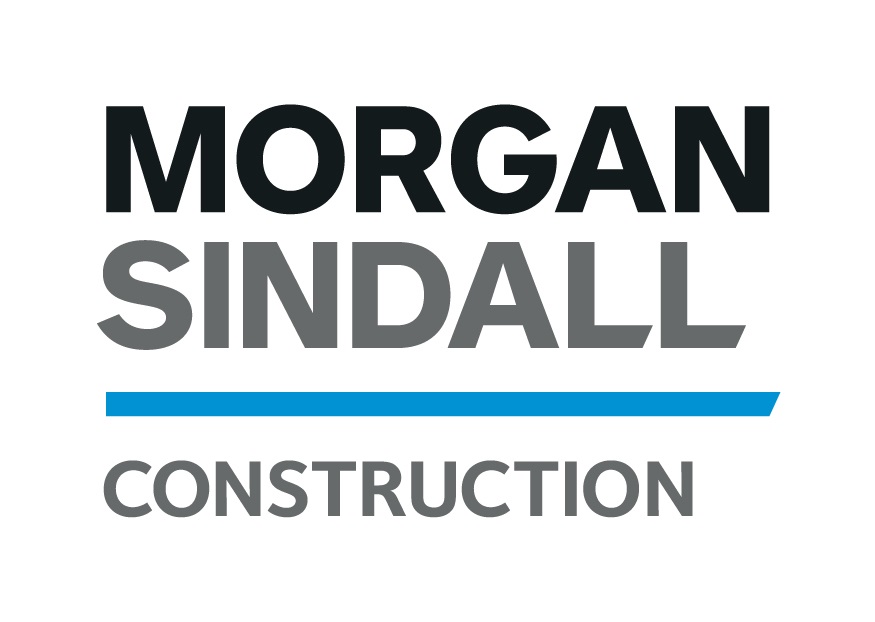
Spot the ‘dog’
Attendees got an up close and personal look at MTC’s Spot – the revolutionary agile robot from Boston Dynamics. MTC graduate research engineer Tom Reynolds showed off Spot’s ability to navigate space with personality and explained how the robot can be used practically.
Spot, Reynolds said, is essentially a “glorified pack donkey” capable of carrying 14 kilograms of equipment. Most of what the MTC has been experimenting with has been using Spot as an inspection tool, having the robot carry acoustic cameras to look for and identify high-pressure leaks or visual cameras that can provide 360-degree views of surroundings for visual inspections.
“It’s a cross-sector tool”, Reynolds told the audience. “The beauty of Spot is it can go anywhere a human can go and it will do things that we don’t want to do because it’s either too dangerous or we can’t be bothered. That’s the beauty of it.”
Spot can explore nuclear sites that contain dangerous levels of radiation, Reynolds explained. It can also conduct tasks like underground network inspections.
AI in practice
Yazan Qarout, senior research engineer at MTC, delivered a presentation that established some AI basics. ‘Artificial intelligence’ itself is a tricky term, he told the room, adding that definitions of AI differ depending on who you ask. Some people believe it’s just machine learning, while others say it requires an element of robotics.
For the sake of the day’s discussion, Qarout presented his own definition: “AI is the simulation of human intelligence using data-driven processes, built with mathematical models and computer science.”
Under this definition, AI involves speech transcription services, image recognition software, machine learning, robotics, predictive analytics… it’s an extensive list.
Qarout also discussed some of the ways AI can be used today by the built environment. Visual inspection technology could be used in conjunction with drones for the inspection of high-rise buildings. AI can also be used in detecting accidents and PPE on site, helping to report dangers early.
It is also useful when it comes to optimising designs for buildings, energy consumption forecasting, and modelling, he said.
Qarout emphasised the fast-changing nature of AI and the need for the industry to stay aware of the latest advancement.
“We’ve been seeing revolutions and different breakthroughs in AI since the start of the year that are really changing the scene,” he said.
A tool for sustainability
Armed with the basics of AI, the audience was ready for the panel discussion, which dug deeper into AI’s role in helping reach sustainability goals – as well as the property industry’s relationship with the technology.
It was in the realm of net zero ambitions that Steve Nesbitt, chief technologist at the Manufacturing Technology Centre, felt that AI would make the biggest impact in the built environment.
He cited the technology’s skill in energy forecasting, which it does by analysing large sets of data such as historical weather patterns to energy consumption relating to a building’s current fabric.
“It’s abundantly clear that in our trajectory of achieving net zero by 2050, we are way off course at the moment,” Nesbitt said. “The built environment is responsible for around 45% of the operational emissions in the UK, so we’ve got a massive part to play in achieving that net zero obligation.
“AI is going to help inform us by using scenario-type analysis to understand where the biggest impacts and the biggest gains can be acquired – and what changes are mandatory and need to become policy rather than be a nice, holistic thing to do.”
Owen Ashton, regional digital construction manager at Morgan Sindall, agreed with Nesbitt that AI could make a huge difference in terms of sustainability. Ashton has been exploring the technology’s potential in minimising waste created.
“If you think about a typical project, around 2% of the cost is design, 18% the build, and 80% is in use,” Ashton said. He emphasised that the industry needs to focus on where it can make the biggest dent – in this case, the building’s operation.
“If we increase that design element and really leverage it – if you spent 50% more on design, you’re still spending 3%. Think of the massive impact that we could have if we used AI in design and generative tools much more effectively than we are doing now”.
Ethics of AI
While there is clearly an ethical use for AI in terms of sustainability, what are the ethics behind using AI itself?
Caro Ames, data science strategy lead at multidisciplinary consultancy Arup, said the key is human involvement.
“It’s so important to acknowledge that we operate in highly regulated, highly technical environments,” she said.
“People often talk about AI as though it’s that it’s just like a human that’s going to come and replace people’s jobs or people’s tasks,” she explained.
“But I think in order for us to use it safely, and to enable us to adopt it, we really have to take the route forward that is centred around what you can call ‘human in the loop’ solution development and use,” Ames continued.
“This is the concept that AI can potentially help you do your job better, or potentially help you do your job more easily or in a more cost-effective way – but we also have to acknowledge that you still have overall responsibility for what you’re doing. It can’t just go to the algorithm – the algorithm is not going to be perfect.”
Another ethics issue centres around transparency, according to Professor Samia Nefti-Meziani, chair of robotics and AI at the University of Birmingham.
It is important that people know what data the AI is pulling from and the algorithm it uses to make those decisions, she said. If the process is not transparent, it is harder for humans to validate and verify.
“If regulators can’t access the ‘black box’, they can’t really see what the actual algorithm is doing and therefore you can’t assign a safety parameter,” she said. “Unless this is solved, we will always have an issue with AI.”
The panellists agreed that government regulation and a safety framework would be important in AI’s future, but Ashton noted it would be difficult given how quickly AI is advancing. “We need to think about a framework that is much larger and much more agile,” he said.
Too slow?
Regarding being agile, several of the panellists felt like the built environment has been slow in exploring AI’s potential.
Ames argued that part of the reason is a knowledge gap.
“Until we invest in reaching a point where people have the skills and also the kind of data availability and capabilities to really leverage AI – [that is when], given the risks associated with the types of work that we do, we should really be pushing for its full integration…” she said.
Nefti-Meziani said that AI integration across the various business sectors will require more government involvement.
“It’s the government that needs to take leadership and decide that they have to have a long-term strategy in order to ensure that the sectors are adopting AI and robotics,” she said.
Dystopian futures
When asked if Terminator villain Skynet was lurking in the near future, the panellists were in agreement that that kind of ‘evil’ AI was not something that would be happening soon.
“I think a fear is that that AI-enabled tech can create something that learns faster and is better than us and supersedes us in the hierarchy of species or influences on our planet,” Nesbitt said. It is clear, he continued, that AI will have a place to play in the future – but he does not think it will replace humans.
“We’ve got to recognise that humans – we’ve all got a supercomputer on board,” he said, referencing the human brain.
“If we network, then nothing is more powerful… If we continue to collaborate, there isn’t maybe a need for an AI super being as it were – it just becomes a toolset for us to use to help accelerate what we want to achieve our aspirations.”
Slides
Yazan Qarout, The Manufacturing Technology Centre
Click any image to launch gallery
- AI in the Built Environment had a special guest on 24 May - Spot the robot. Credit: PNW


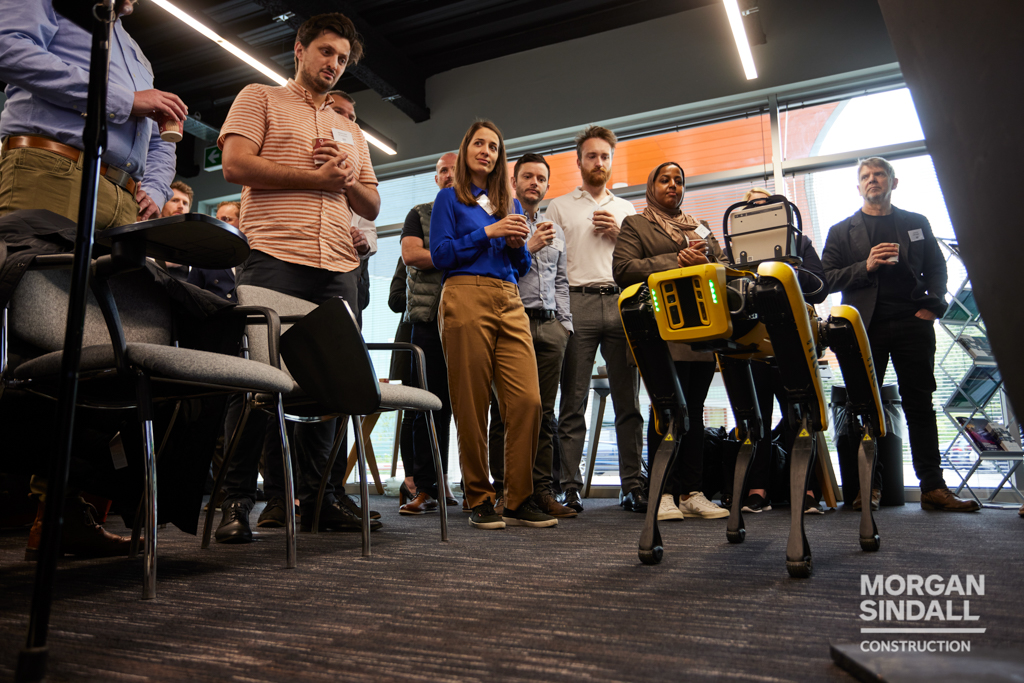


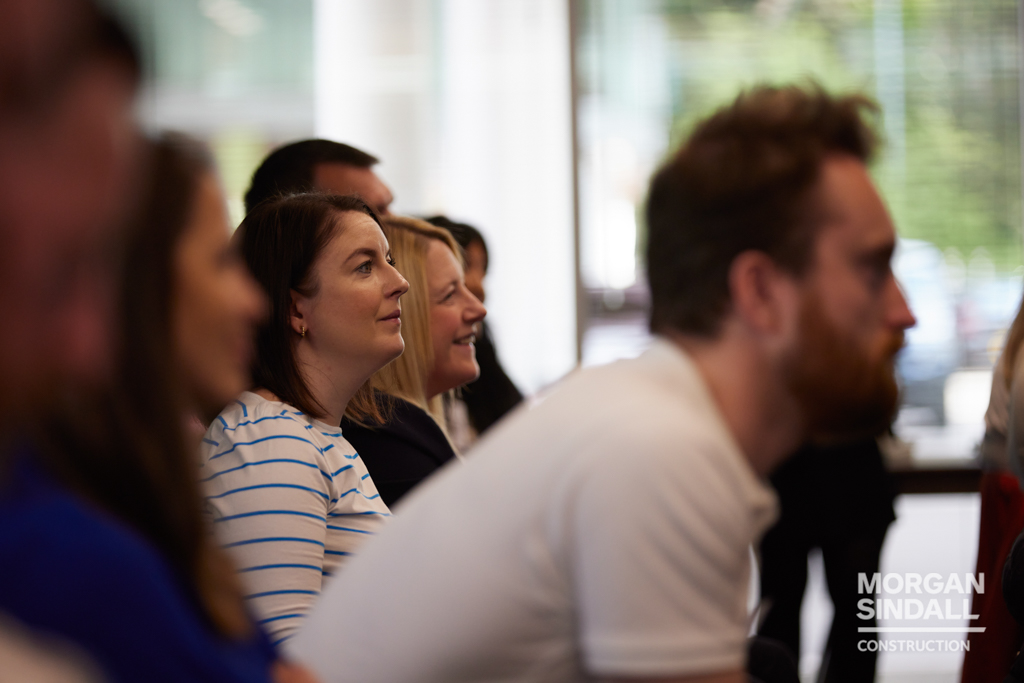










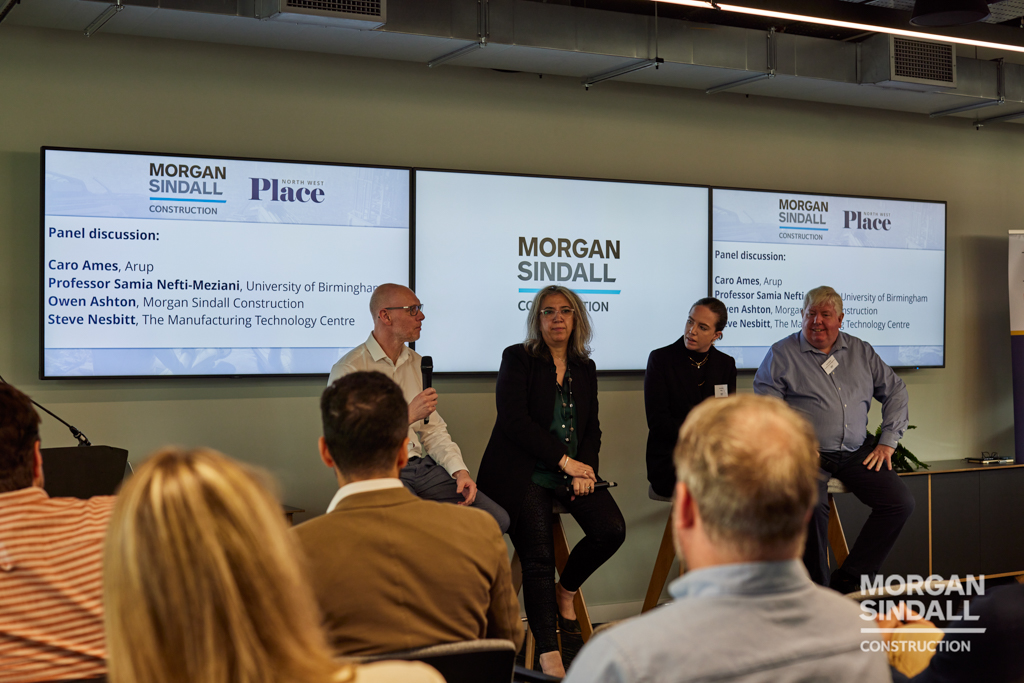
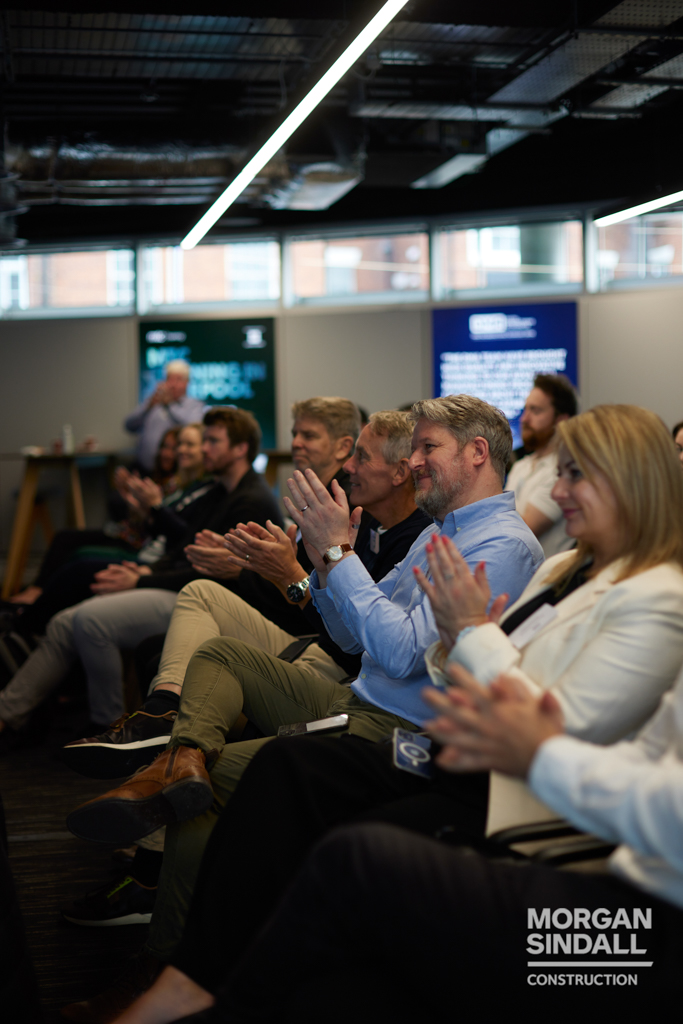



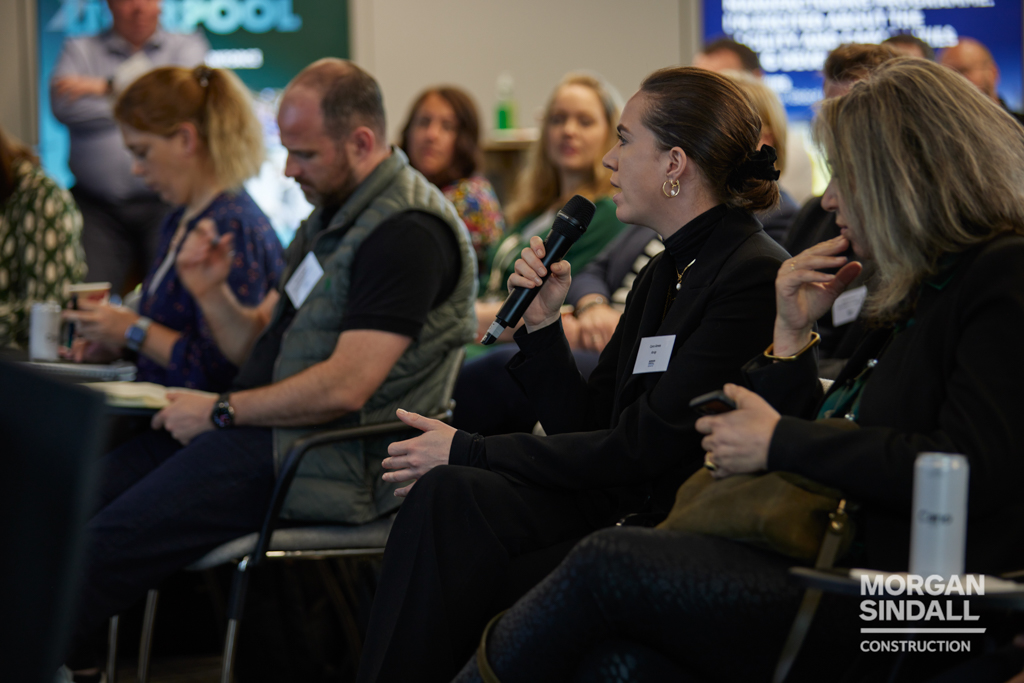

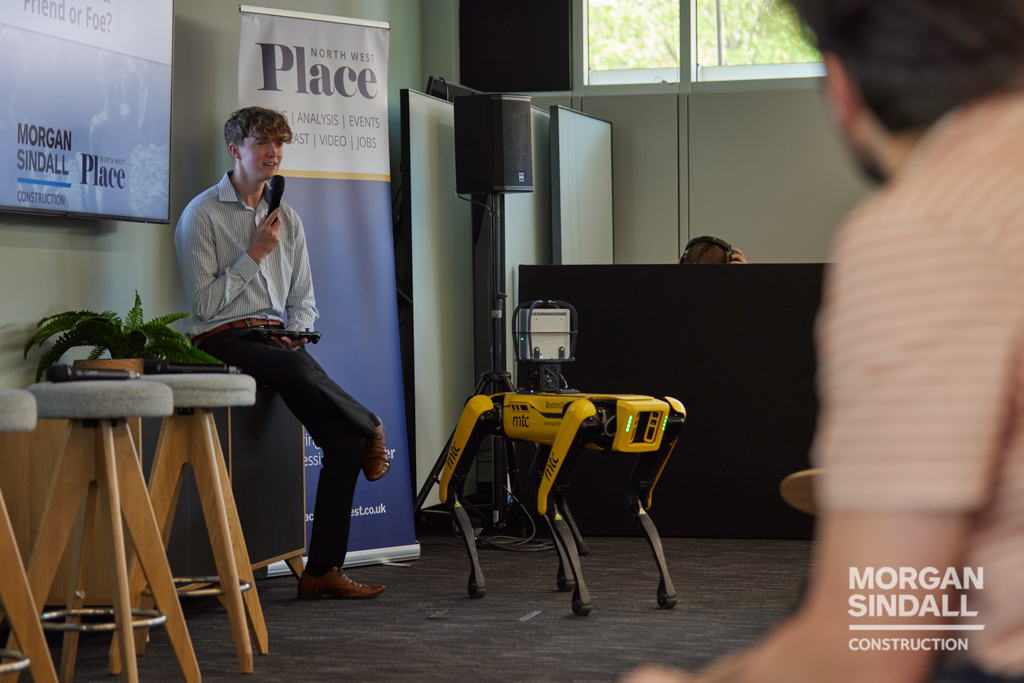
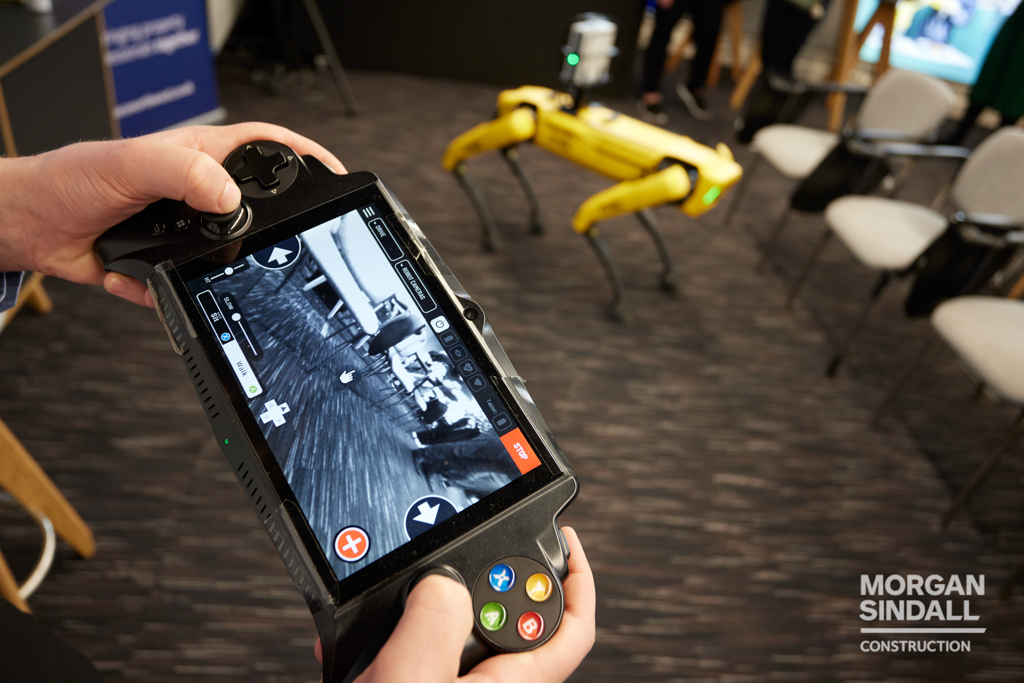

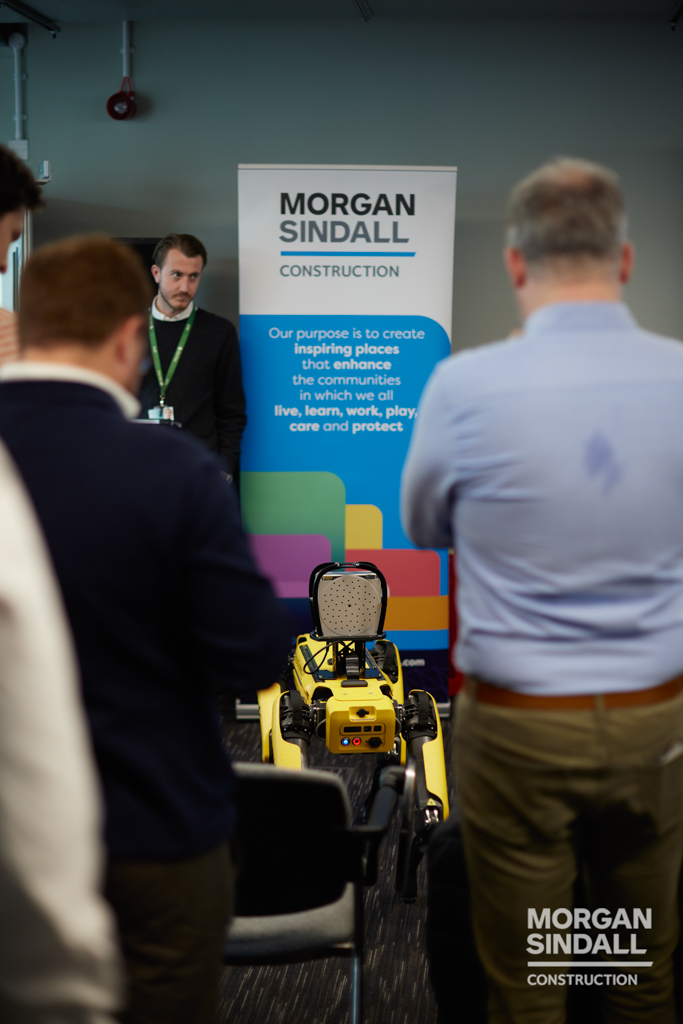

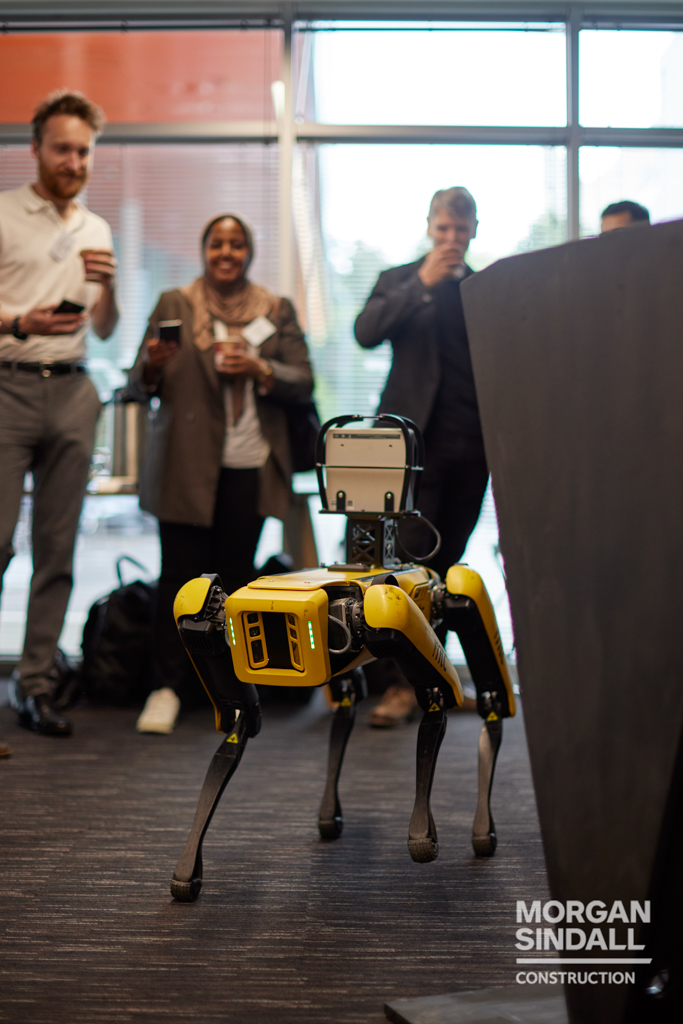















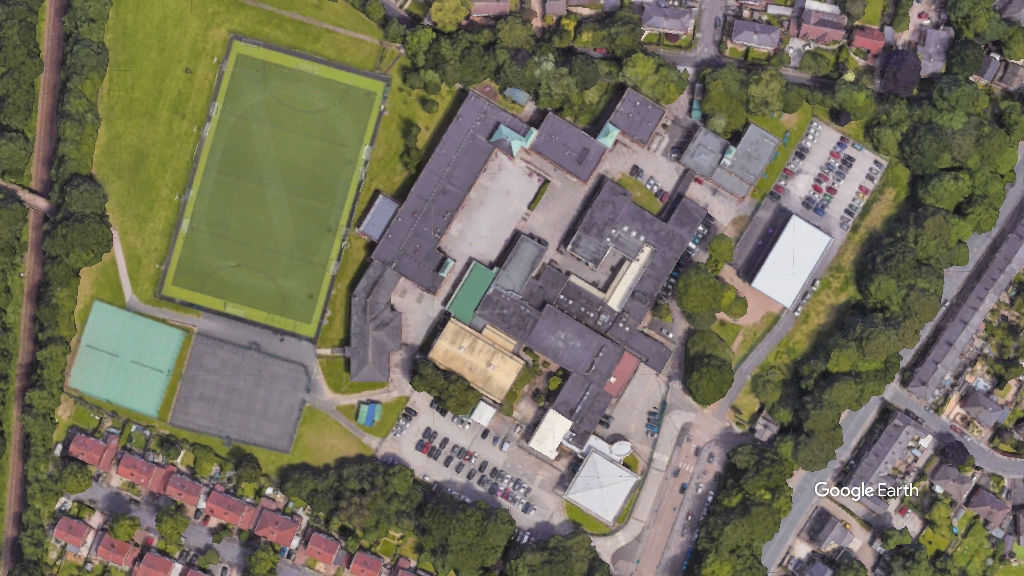
Artificial intelligence can and must replace everyone in property industry to maximize profit for capitalist class without any sharing savings made with buyers and renters.
By Anonymous
Haven’t they seen that Black Mirror episode with AI dogs
By GetItBuilt!